How the Omega Speedmaster Got Apollo 13’s Crew Back to Earth
“Houston, we have a problem.” Perhaps the most indelible phrase in spacefaring history aside from “That’s one small step for a man, one giant leap for mankind,” these words were spoken by command module pilot Jack Swigert on Apollo 13’s fateful mission to the moon in 1970. The problem was a serious one: an oxygen tank exploded on the second day of the mission, crippling the spaceship’s service module and endangering the lives of everyone aboard. Not only could Apollo 13 not make it to the moon as intended, but there was also a very real danger that it could not safely return to Earth. It was the quick thinking of Apollo 13’s astronauts and the NASA support team on the ground that got the crew home again, but it might not have happened without one essential piece of flight equipment worn by each member of the flight crew: the Omega Speedmaster chronograph.
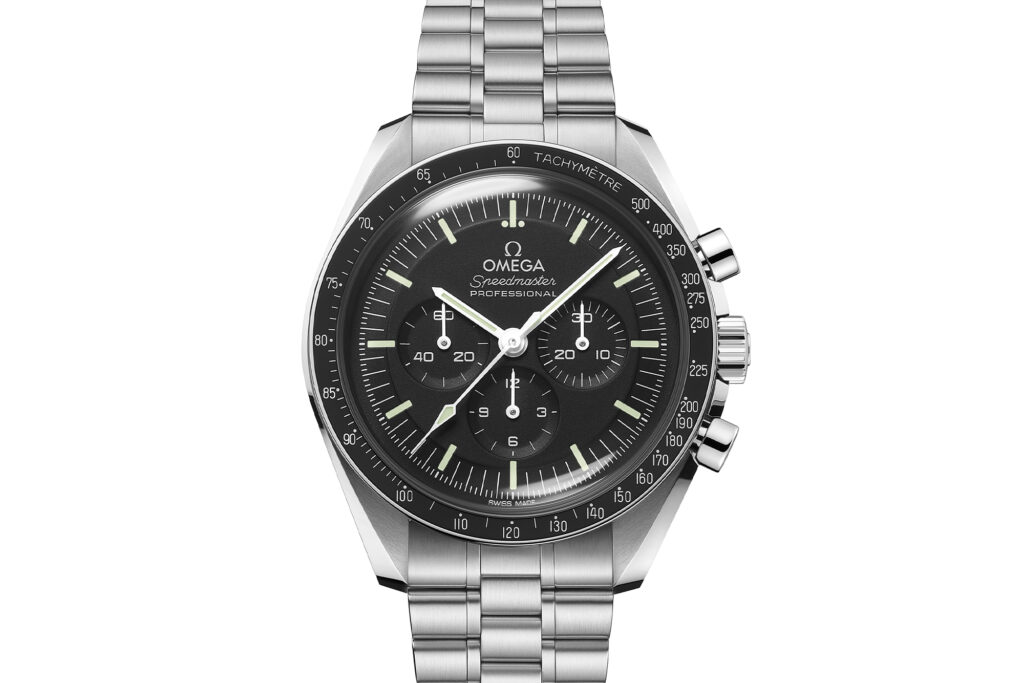
The Omega Speedmaster was the official watch of the Apollo missions, chosen from a handful of submissions from the world’s top watchmakers for its accuracy and durability. “The watch was a critical backup,” says James Ragan, the NASA engineer who approved the Speedmaster for extra-terrestrial service in 1964. “If the astronauts ever lost the capability of talking to the ground or the capability of their digital timers, the only thing they would have to rely on would be the watches always on their wrists. It needed to be there for them if they had a problem.”
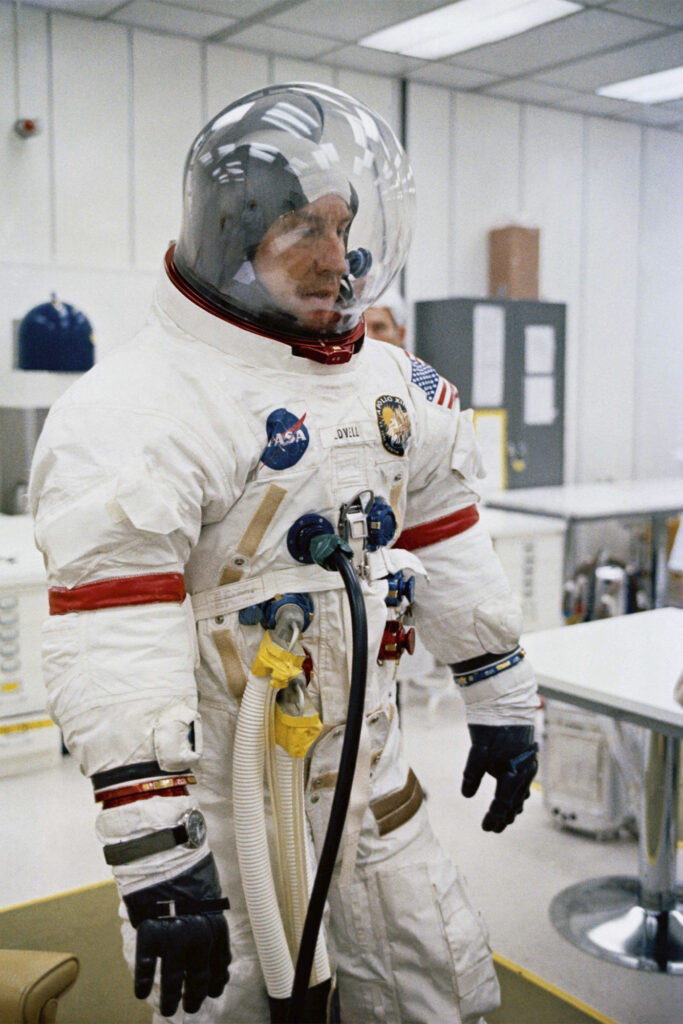
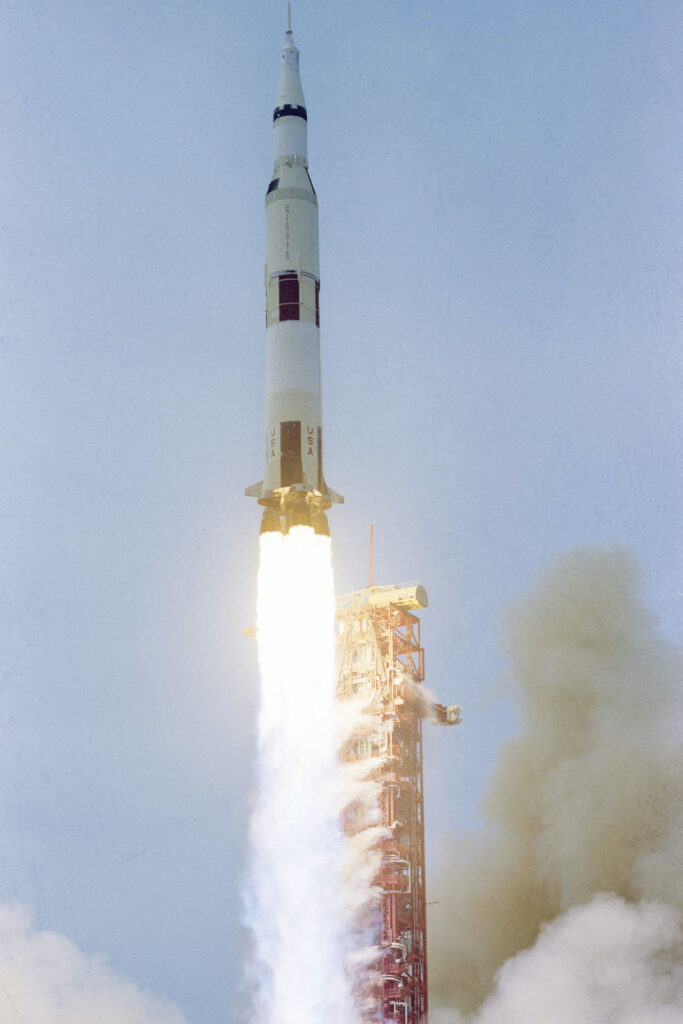
The explosion of Apollo 13’s oxygen tank and the domino effect it caused was exactly that kind of situation. Following the explosion, the crew moved into the lunar module, which they intended to maneuver back to Earth. The lunar module, however, was not designed to support that many crew for the amount of time it would take to re-enter, however, so the astronauts opted to shut down every non-essential system to conserve power – including Apollo 13’s digital timers. The module had also drifted significantly off-course during this time, requiring the crew to correct its re-entry angle or risk being catapulted back into space if they missed. The best way to course-correct, the team concluded, was a precisely-timed 14-second manual fuel burn.
Jack Swigert was in charge of executing this, and with the craft’s digital timers useless, he entrusted his crew’s return to earth in his manually-wound Omega chronograph. As Mission Commander James Lovell would later say, “We used the Omega watch that Jack had on his wrist and I had to control the spacecraft. Jack timed the burn on the engine to make that correction to get us back home safely.”
Anyone who’s seen the classic film adaptation of these events, Apollo 13, knows what happened next: 142 hours and 54 minutes after its launch, Apollo 13 splashed down safely in the South Pacific Ocean. Despite the mission’s failure, the astronauts’ ingenuity and cool-headedness under immense pressure secured their place in the record books.

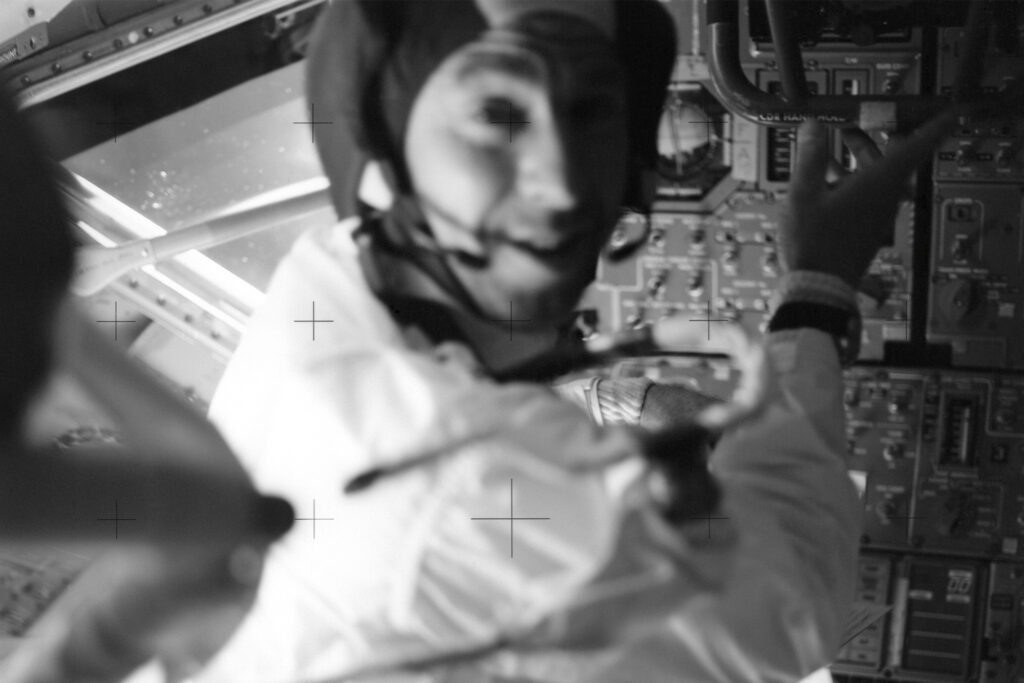
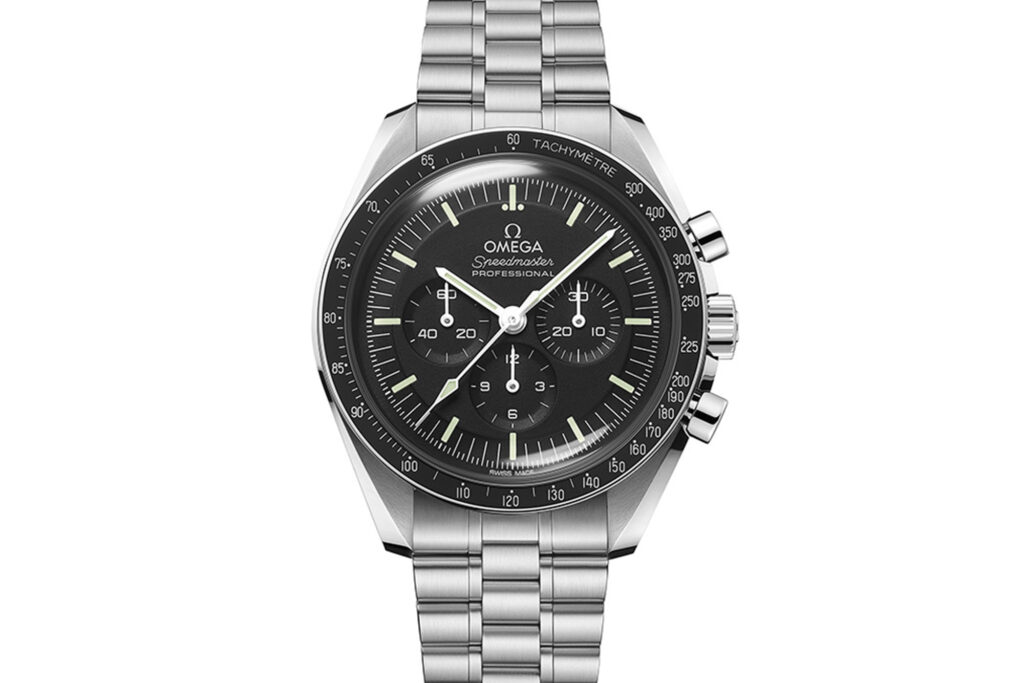
The Omega Speedmaster took its share of the credit, too, becoming famous as the official watch of the space program. More than 50 years later, the Speedmaster remains synonymous with the Apollo missions and, thanks to recent advancements like the Omega Co-Axial Master Chronometer Calibre 3861 movement, which is certified by METAS for shock-resistance, anti-magnetism, and accuracy, it’s more reliable than ever.
Learn more about the Omega Speedmaster Moonwatch.










